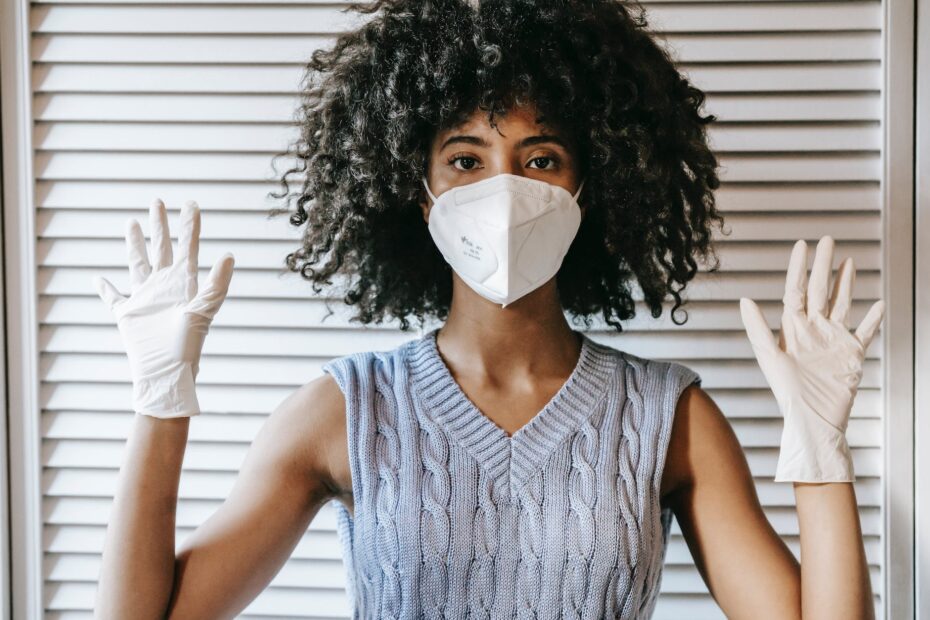Say goodbye to under breast chafing with our ultimate guide! This comprehensive article will provide you with effective remedies and preventive measures to soothe and prevent irritation. Under breast chafing can be uncomfortable and impact your daily life, but with the right knowledge, you can alleviate discomfort and keep your skin healthy.
Understanding the causes, symptoms, and risk factors associated with under breast chafing is crucial. We will delve into the reasons why this condition occurs and how it can affect you. Armed with this knowledge, you will be better equipped to tackle the issue head-on.
Our guide will also explore various remedies and treatments to soothe under breast chafing. From natural home remedies to over-the-counter products, we have compiled the best solutions to relieve irritation and promote healing. We understand the importance of finding the right method that works for you.
So, join us on this journey to say goodbye to under breast chafing. Let’s discover the ultimate guide to soothe and prevent irritation, and keep your skin happy and healthy!
Understanding Under Breast Chafing
Understanding Under Breast Chafing
Under breast chafing, also known as intertrigo, is a common skin condition that occurs when the skin beneath the breasts becomes irritated and inflamed. This condition is often caused by a combination of factors, including moisture, friction, and heat. When the skin rubs against clothing or folds of skin, it can lead to redness, itching, and discomfort.
There are several risk factors that can contribute to under breast chafing. Women with larger breasts or who are overweight are more prone to developing this condition. Additionally, excessive sweating, poor hygiene, and wearing tight or ill-fitting bras can also increase the likelihood of chafing.
Under breast chafing can have a significant impact on a person’s daily life. The discomfort and pain can make it difficult to engage in physical activities or even perform simple tasks. It can also affect a person’s self-esteem and body image, causing emotional distress.
By understanding the causes, symptoms, and risk factors associated with under breast chafing, individuals can take proactive measures to prevent and manage this condition. It is important to keep the skin clean and dry, wear breathable and properly fitting bras, and use talcum powder or anti-chafing creams to reduce friction. Seeking medical advice is recommended for severe or persistent cases of under breast chafing.
Effective Remedies and Treatments
When it comes to soothing and treating under breast chafing, there are a variety of effective remedies and treatments available. From natural home remedies to over-the-counter products, you have options to choose from based on your preferences and needs.
One popular natural remedy is applying aloe vera gel to the affected area. Aloe vera has soothing and healing properties that can help reduce inflammation and promote skin repair. Another natural option is using cornstarch or talcum powder to absorb moisture and reduce friction.
If you prefer over-the-counter products, there are creams and ointments specifically designed to alleviate under breast chafing. Look for products that contain ingredients like zinc oxide or hydrocortisone, as they can provide relief and promote healing.
In addition to these remedies, it’s important to practice good hygiene and keep the affected area clean and dry. Avoid tight-fitting bras or clothing that can worsen chafing, and opt for breathable fabrics. Taking breaks from wearing a bra altogether can also help give your skin a chance to heal.
Remember, everyone’s skin is different, so it may take some trial and error to find the best solution for you. If your symptoms persist or worsen, it’s always a good idea to consult with a healthcare professional for further guidance and treatment options.
Frequently Asked Questions
- Q: What causes under breast chafing?
A: Under breast chafing is primarily caused by friction between the skin and the underside of the breasts. This friction can be worsened by sweat, heat, and tight clothing. Other factors such as obesity, large breast size, and sensitive skin can also contribute to the development of under breast chafing.
- Q: What are the symptoms of under breast chafing?
A: The symptoms of under breast chafing include redness, irritation, itching, burning sensation, and in severe cases, the formation of blisters or open sores. The affected area may feel tender and sensitive to touch. Discomfort and pain during movement or when wearing a bra are also common symptoms.
- Q: How can I prevent under breast chafing?
A: To prevent under breast chafing, it is important to keep the area clean and dry. Wear well-fitting bras made of breathable fabrics that provide adequate support. Avoid tight or restrictive clothing that can increase friction. Applying a thin layer of talcum powder or using anti-chafing balms can also help reduce friction and keep the area dry.
- Q: Are there any natural remedies for soothing under breast chafing?
A: Yes, there are several natural remedies that can help soothe under breast chafing. Applying aloe vera gel, coconut oil, or chamomile tea compress to the affected area can provide relief and promote healing. Taking cool showers or using cold compresses can also alleviate discomfort. However, if the symptoms persist or worsen, it is advisable to consult a healthcare professional.
- Q: Are there any over-the-counter products available for under breast chafing?
A: Yes, there are over-the-counter products specifically designed to relieve under breast chafing. These include anti-chafing creams, powders, and silicone gel pads. These products help reduce friction, soothe irritation, and create a protective barrier between the skin and clothing. It is important to follow the instructions provided and discontinue use if any adverse reactions occur.


Keith is originally from Truckton, Colorado. The 54-year-old cared for his overweight wife for many years. Keitch is also a freelance editor at antichafing.net and supports the team as a competent advisor. In his spare time Keith enjoys reading books, visiting his homeland and is a passionate product tester for well-known manufacturers.

